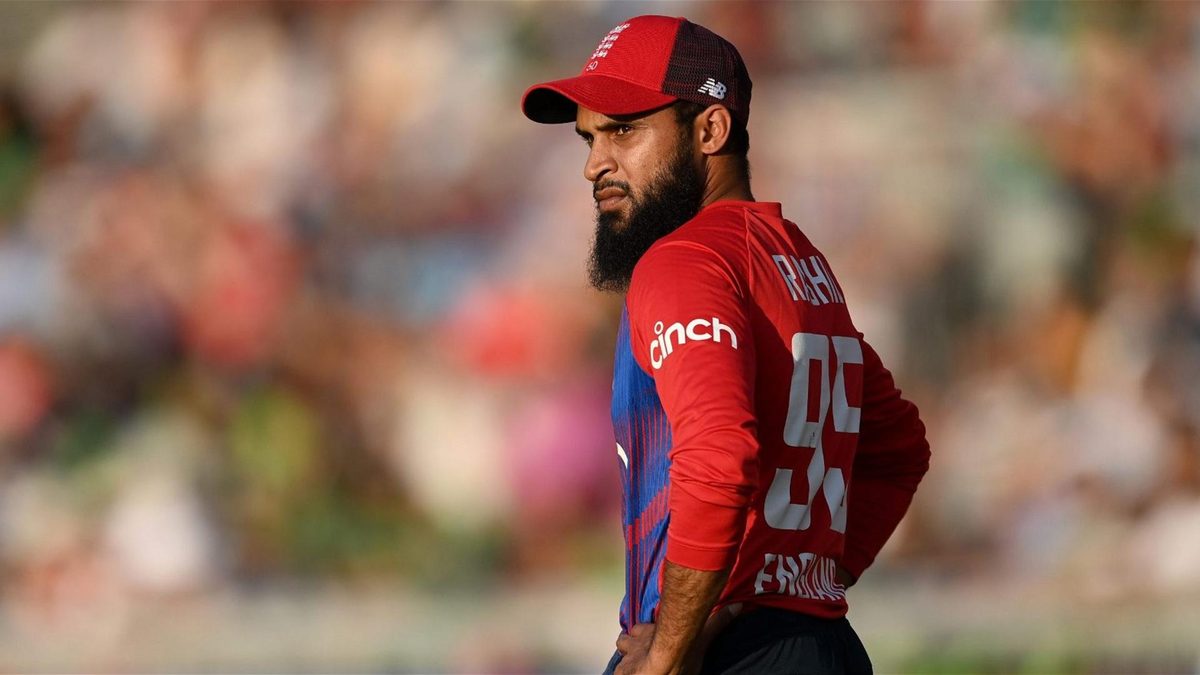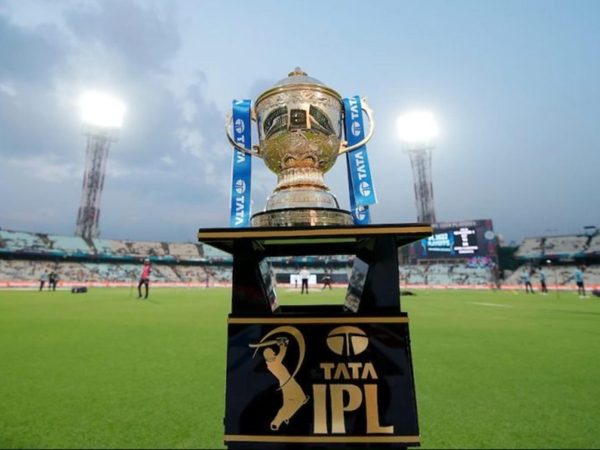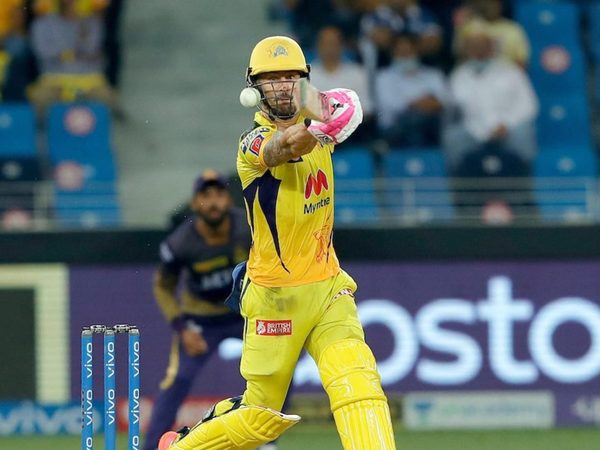
Ben Gardner wonders what Adil Rashid has to gain as he finally makes his Indian Premier League debut.
Next Tuesday, Adil Rashid might start his long-awaited maiden IPL campaign, having been picked up by Punjab Kings as a replacement player for the second leg of this year’s tournament. If you wanted to build up some hype, you might try something along these lines, Mitchell and Webb-style: ‘It’s the battle of the Rashids in the tussle for global wrist-spin supremacy. In the orange corner, Khan, the Afghan wunderkind, who bowls it quick, skids it on, and turns it both ways. In the red corner, England’s Adil, the world champion whose seen and spun webs around it all. Beware his big-spinning leg-break. Two enter, but only one can be crowned the best leg-spinner in the IPL, and therefore, the world.”
But then again, Punjab Kings might well not play Rashid. They have, in Ravi Bishnoi, a fine young domestic leggie, with Rashid fighting with the likes of Chris Gayle, Nicholas Pooran, and No.1 T20I batsman in the world™ Dawid Malan for an overseas spot. And even if he does, much of the above scene-setter really doesn’t apply. Rashid has operated in a different sphere to his quasi-namesake and the other globe-trotting white-ball wrist-spinners for years now.
The arrival of a new kind of superstar, whose legend is predominantly founded in franchise cricket – your Sunil Narines and Kieron Pollards, as well as your Rashid Khans – has masked the end of another type, of which Rashid is arguably the last: the white-ball great whose legacy is forged almost exclusively in international cricket. Aside from a pair of one-season Big Bash League stints, and a one-off appearance for Dhaka Dynamites, the T20 circuit has gone untouched by Rashid’s wizardry.
He is so of Eoin Morgan’s England that it’s hard to imagine his standing being much improved or diminished by success in the second leg of this year’s IPL. Even if he tears up the place, he surely won’t do enough to knock the other Rashid off his perch, and if he struggles, that will matter little to the England fans who know how good he is and hold him close, treasuring his role in driving his national side on a four-year journey to their maiden men’s World Cup title.
There is some academic interest in seeing how Rashid fares, in figuring out exactly where among Tabraiz Shamsi, Adam Zampa, Imran Tahir he sits, but beyond a section of T20 purists, it will do little to change how he is properly remembered. That time will come at the T20 World Cup which follows the IPL. For all his dominance in the years leading up to the 2019 World Cup, Rashid was a limited bowler during the competition itself, taking 11 wickets at 48 and managing a shoulder complaint as he went. He might feel he has unfinished business on the world stage. As England’s only frontline spinner on surfaces which should help him, he will be thrust right to the front of the scene. Should England become the first men’s team to hold both world titles simultaneously, the Rashid story will be close to unmatched.
That doesn’t mean, however, that he won’t be worth watching at the IPL. Often neglected when discussing Rashid, because he’s so naturally talented and because it took the right captain to bring out his best, is just how hard he works at his own game. During lockdown he worked on strengthening that troublesome shoulder, successful to the extent that, after being rendered near googly-less during England’s 2019 World Cup campaign, he is now capable of hurling down quicker balls at county-seamer pace. At Punjab Kings he will link up with Anil Kumble, one of the greatest leggies there has been, learning as he goes. The results could be wondrous.
The option of added speed, along with a couple of other extra weapons in the armoury, means he’s now what Morgan calls “almost a couple of different variation bowlers in one”. This, you feel, is improvement sought specifically with the T20 World Cup in mind. Whereas through the overs in 50-over cricket, you can focus on your stock delivery, search for a magic ball, and let the batsman hit you if he dares, in T20s the need is there to be always plotting, one step ahead, bluffing and double-bluffing with an array of tricks. He confirmed as much on his arrival in the UAE.
“As batsmen, they’ve got to think maybe a lot more: which way is it spinning?” he said. “Is it going left, right, or straight? It’s keeping the batsmen guessing in that way. As a result, the batsman may have to take more risks. But it depends on the day. Anybody can get hit on the day, including leg-spinners. But sometimes, a leg-spinner can come back, if he’s getting hit, with a couple of quick wickets, purely because he is trying to spin the ball hard both ways. Variation in your armoury helps.”
His stats since 2019 bear this out. He has averaged 44 with the ball in ODIs, claiming just 16 wickets in 13 games, but in T20Is, he has improved all of his average, economy rate and strike rate, with his maiden four-wicket haul coming in last year’s series decider against Pakistan.
The true joy in watching Rashid at the IPL won’t be found in comparisons and pecking orders, but in simply watching a bowler who has long ago mastered his craft still tinkering in pursuit of an edge. Try and spot what he’s planning for each batsman, how he responds to being hit for six, whether there are any new tricks on show. See if you can figure out how Rashid thinks he can win England the trophy that eluded them five years ago. And most importantly, enjoy one of the best white-ball bowlers there’s ever been while we’ve still got him.








